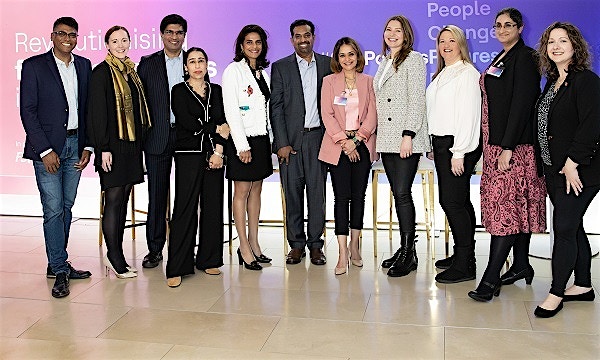
AI
Explore the dynamic world of artificial intelligence (AI) and generative AI (GenAI)
From moving from pilot to production and prioritizing ethical and responsible standards, explore the dynamic world of AI and GenAI
All content


Trending questions
The term "artificial intelligence" was coined by John McCarthy in 1956. Alan Mathison Turing, followed by Newell, Simon, McCarthy and Minsky, are key figures in AI development. Newell and Simon's 1956 "Logic Theorist" program marked a milestone. These pioneers, known as the founding fathers of AI, significantly advanced the field.
Loaded with human capabilities and beyond, the importance of artificial intelligence (AI) is rising and gradually spreading to various industries, making way for new possibilities and better efficiencies. Data in today’s world is an asset and valued across industries. With AI, humans are now able to absorb, interpret and make complex decisions.
- Increased productivity
- Increased automation
- Smart decision-making
- Solve complex problems
- Managing repetitive tasks
- Strengthens economy
- Personalization
- Disaster management
- Enhances lifestyle
- Global defense
While artificial intelligence is a system that mimics or imitates human intelligence, machine learning is the brain that helps it work.
Machine learning is the brain of AI that emulates logical decision-making based on the data fed to it and an AI model is the creation, training and deployment of the ML algorithms. With advancements in intelligence methodologies, AI models support in tandem with real-time analytics, predictive analytics and augmented analytics using natural language processing (NLP), ML, statistical analysis and algorithmic execution.
Generative AI refers to a subset of artificial intelligence algorithms and models designed to generate new data that resembles existing data. These sophisticated algorithms can create content in various forms, such as text, images, music and even complex structures like designs and models. Generative AI is primarily powered by advances in neural networks, particularly Generative Adversarial Networks (GANs) and Variational Autoencoders (VAEs).

Subscribe to the HCLTech Newsletter
for our latest news and insights












